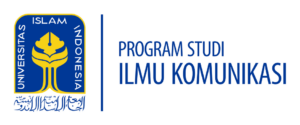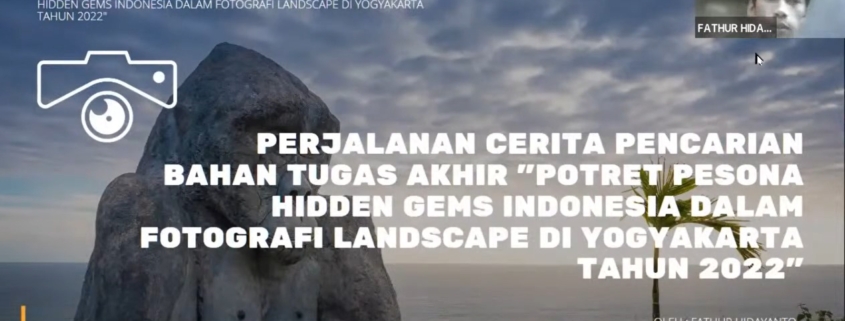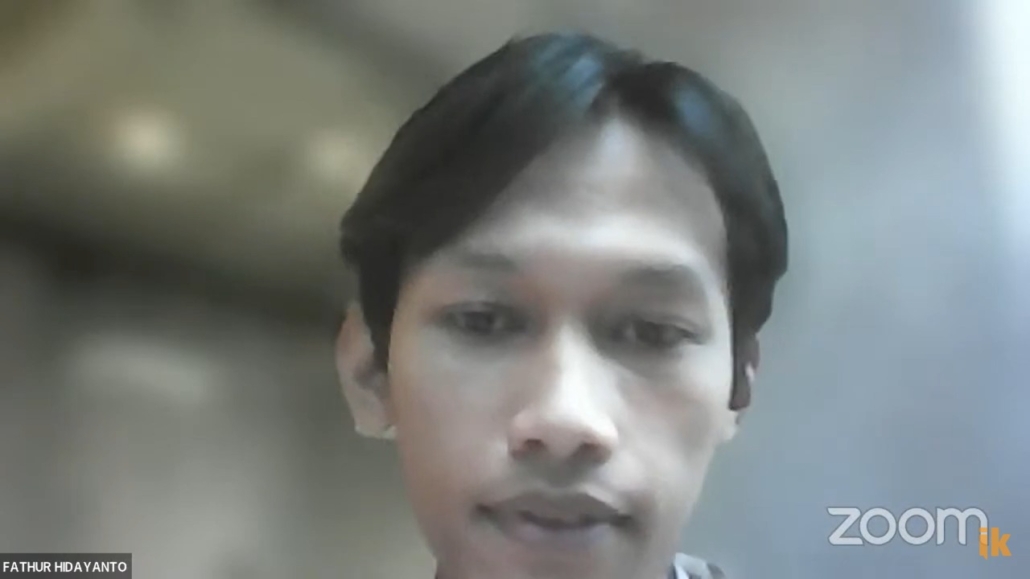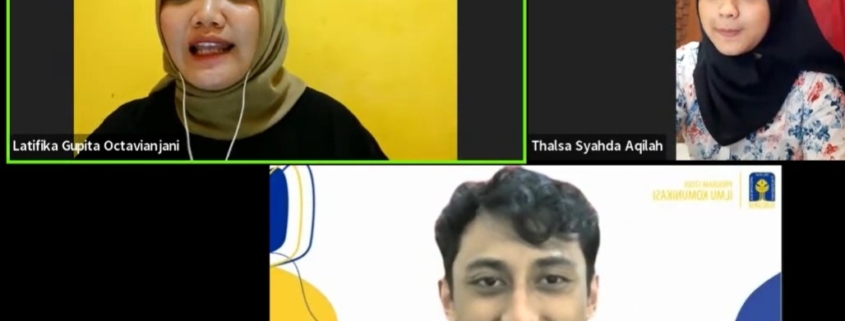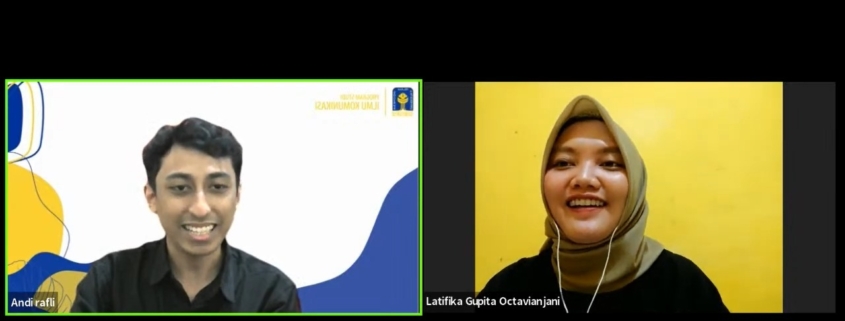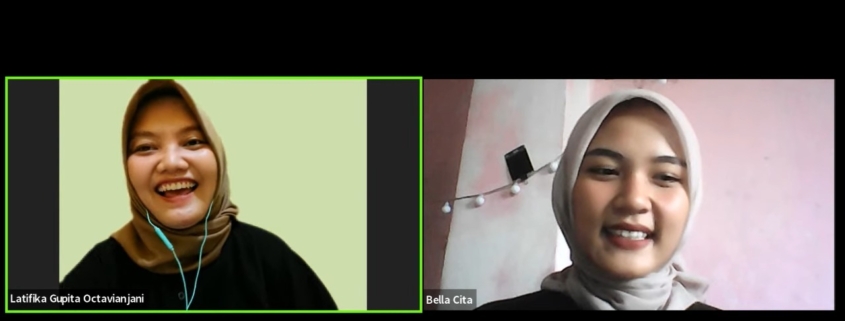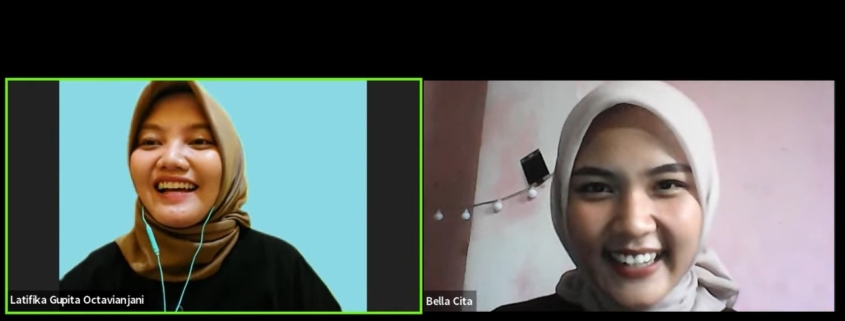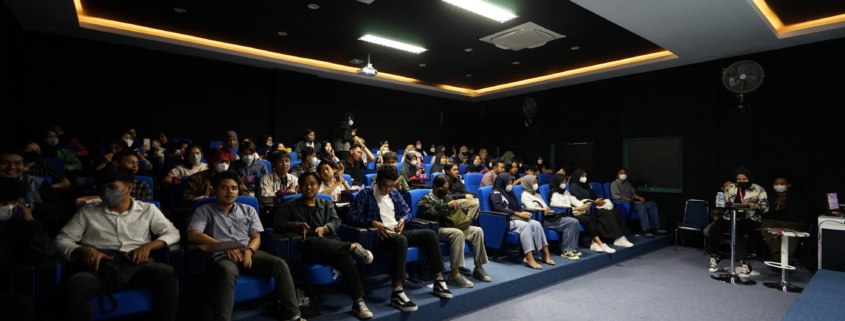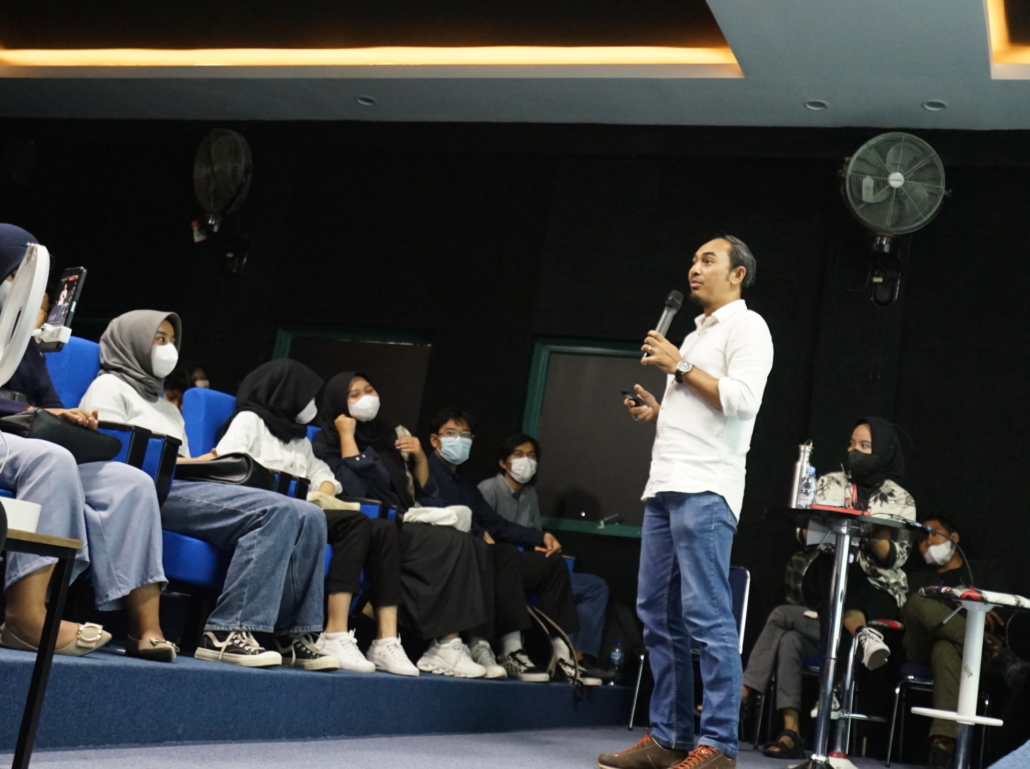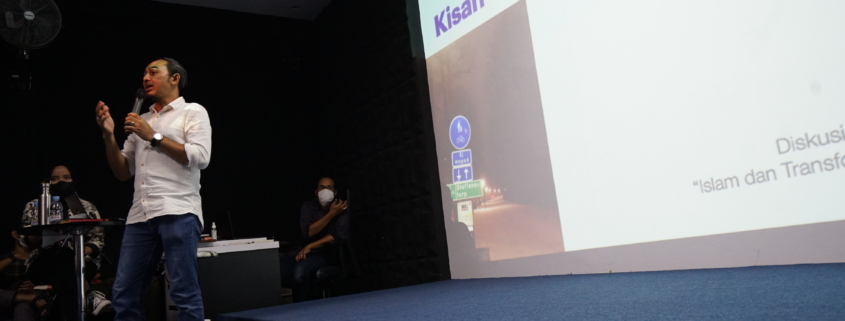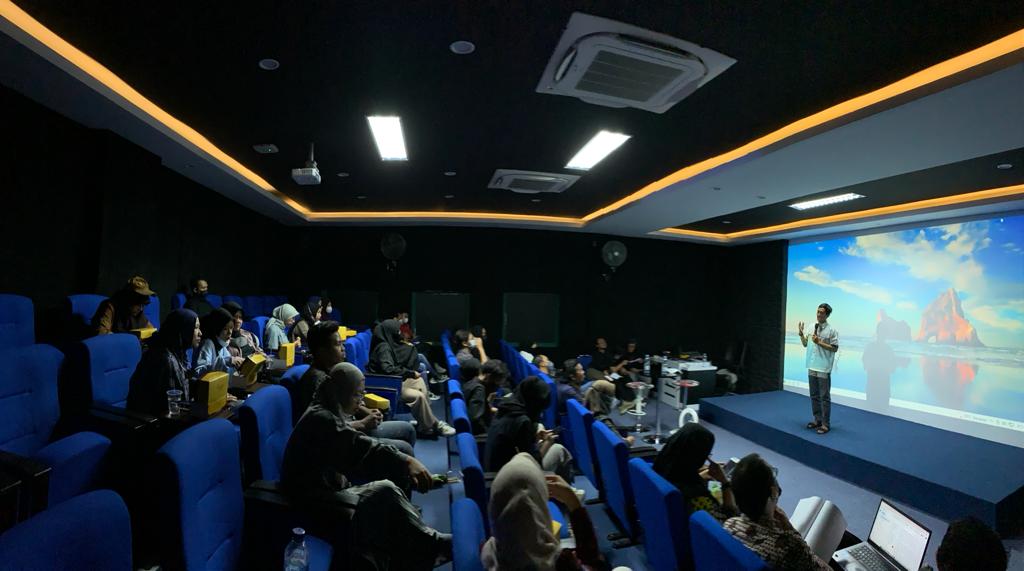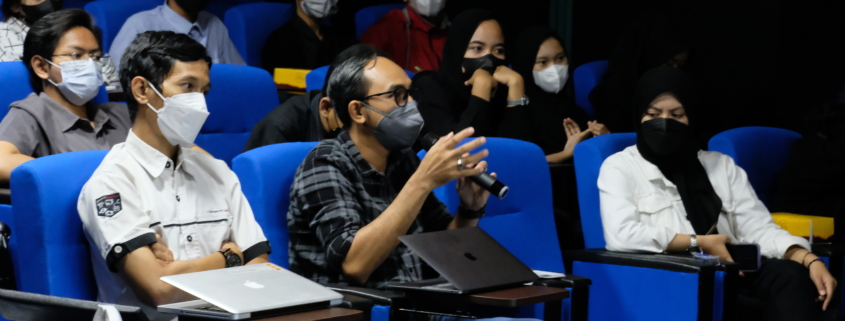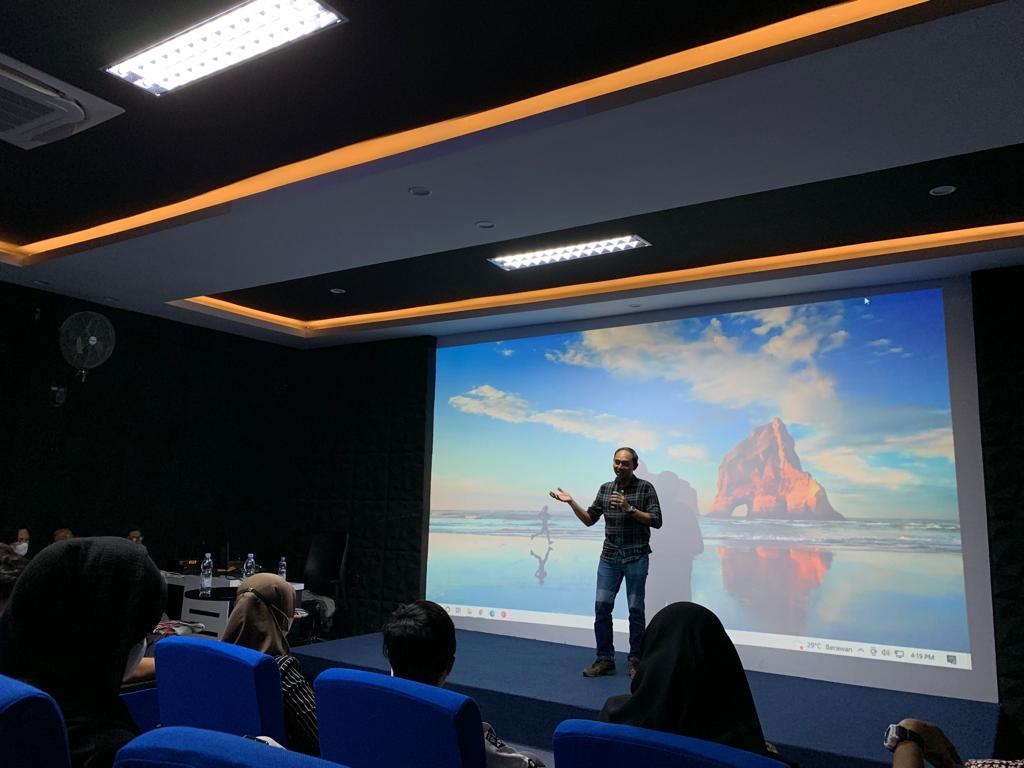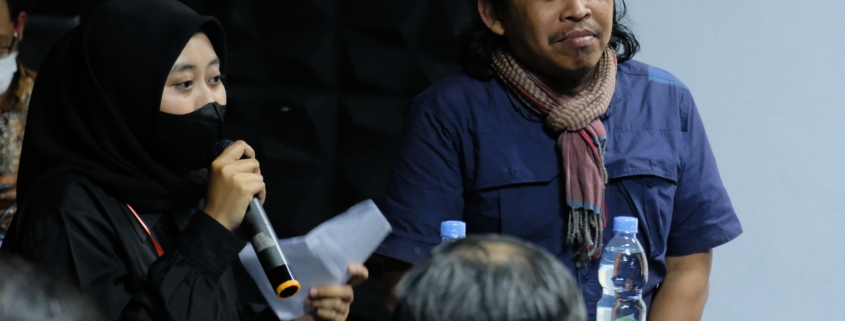Indonesia’s many natural potentials, both natural and artificial tourism, are an attraction for anyone to see and visit. Not only tourists but also photographers who record and show it to the world. Many of these extraordinary natural beauties are untouched and have yet to be enjoyed by many people.
Some of the points above are Fathur Hidayanto’s reasons for making a photographic work to fulfill his Final Project at the end of his study period at the Department of Communication at the Universitas Islam Indonesia (UII). The results of his work and creative process were appreciated by the Center for Alternative Media Studies and Documentation (PSDMA) Nadim Communication Department at UII. Fathur Hidayanto was invited to share his innovative approach to finally complete the “Portrait of the Enchantment of Indonesia’s Hidden Gems in landscape photography in Yogyakarta”. The discussion was held online on Thursday, November 17, 2022.
Apart from being personally amazed at photographing nature’s beauty, Fathur, a 2019 batch of UII Communications students, was also encouraged by his enthusiasm to advance Small and Micro Entrepreneuship/ SME (UMKM) and Yogyakarta’s tourism industry. “The choice of the landscape is also appropriate to contribute to advancing Jogjakarta’s tourism and SMEs in the surrounding community,” said Fathur when presenting his journey to work on his final project.
Three Important Stages of Final Assignment
Fathur said three important stages need to be carried out in working on this type of Final Assignment/Thesis. First, Fathur had to make a plan called pre-production. Then carry out the planning in the production period. Next, Fathur didn’t just stop there. After the photo shoot during the production period, he also carried out several post-production processes.
In the pre-production period, said Fathur, photographers can make preliminary observations of which areas, spots, or points they want to take the pictures. After that, based on the observational data, students can immediately create concepts, routes, route planning, financing, and choosing and determining the right cameras and tools for the production process.
Whereas in the next stage, during the production period, the photographer can already carry out the previous plan. Photographers can immediately execute by taking photos of landscape documentation at location that have been previously observed. This shooting also considers the angle/point of view and time (morning, afternoon, or evening), including estimating the right and supportive natural light.
After the photographer has finished executing the planned photos on location, the next stage is post-production. At this stage, according to Fathur, students who will be doing their final project can determine what final result or output they will choose. For Fathur, he decided the result of his work to be an offline photo exhibition and book publication. Fathur said this process costs up to one million rupiahs.
